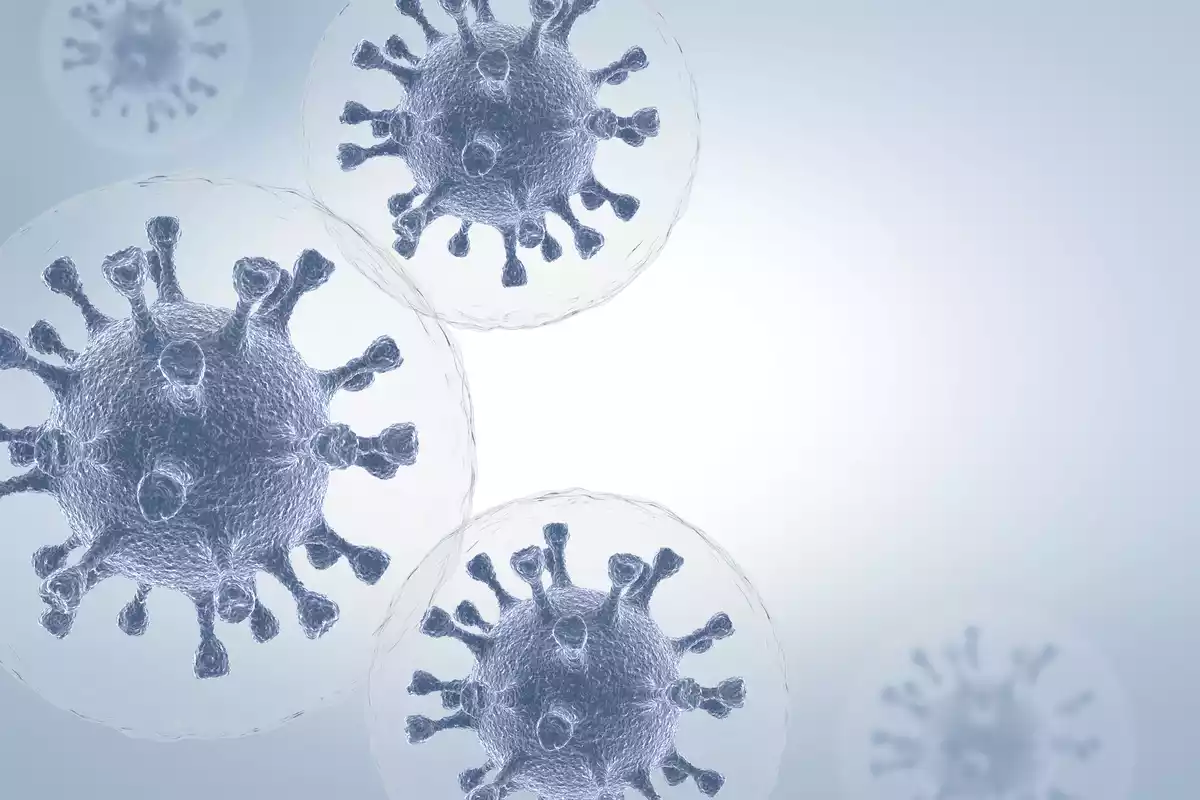
Since the beginning of the pandemic, one of the objectives of many medical professionals has been to treat possible cases of infected people who did not present the most common symptoms. During the first months, coronavirus was mainly associated with symptoms such as fever, dry cough, or muscle pain. Later, other symptoms were discovered that have been linked to a very practical way of detecting possible infection, such as the loss of taste or smell.
Recently, a team of Spanish doctors has found a key sign, which, if detected, could prevent a large number of infections. José Luis Rodríguez Peralto, head of the Anatomic Pathology Department at the Hospital Universitario 12 de Octubre, Madrid, gave more details in '20 minutos': five skin rashes could be the first symptom associated with Covid.
Rodríguez Peralto explained that they became suspicious between "March and April of last year". It was then that dermatologists at his hospital and at the Salamanca hospital informed them of the detection of some strange rashes for that time of year.
The case was passed on to the Pathology team, responsible, among other things, for analyzing the possible symptoms and causes of a disease, who took biopsies and analyzed several samples under the microscope. In them, they found up to 5 different lesions, some of them "inflammation of the vessels, a vasculitis, and also thrombi in the vessels".
Lesions more typical of the cold season and some that may not be detected
The pathologist highlighted the detection of a lesion that was especially rare at that time of the year. He explained that "the most frequent were chilblain-like lesions, what we call acro-ischemic lesions". This redness and swelling mainly on fingers and toes, but which can also appear on the nose or ears, is linked to cold. "It appears in winter and we identified it in months when it is impossible to observe lesions like these, due to the heat," said the doctor from the hospital in Madrid.
Other lesions they detected were reddish plaques, known as exanthema, very similar to those caused by other viruses. One of the most surprising and frightening they detected was palpable purple hemorrhages in the glutes or legs, linked to possible vasculitis.
The expert announced that these five he described are only some of those that have been detected or could be detected. "Those are the most important and the most frequent. They are the ones that we probably need to draw attention to at the moment", but he asked to be attentive to those that may appear.
What to do if we detect this type of lesions
What the Spanish doctor made clear is that upon detection of this possible symptom, you should go to the doctor. "You should go to the dermatologist or to your health center to be seen by your family doctor and referred to the dermatologist if it seems appropriate." He explains that the skin doctors will be able to tell if it is a compatible lesion and they will determine if it needs to be studied, with a biopsy, by pathologists.
The doctor also pointed out one of the surprising characteristics of these skin lesions linked to Covid-19: many of them disappeared on their own once the disease was overcome. "It is curious that they appear in such a striking way and then disappear spontaneously over time," he said, recalling that chilblains, for example, can cause ulcers or bruising on the fingers.
To finish, he also highlighted that in the case of chilblain-like lesions, they appeared mainly on the feet of children and young people. He added that most of the people who had these lesions did not present serious cases.
[This is a translation of the original article "El aviso en tu cuerpo de que puedes infectar el Covid a los tuyos" published in espanadiario.net]

